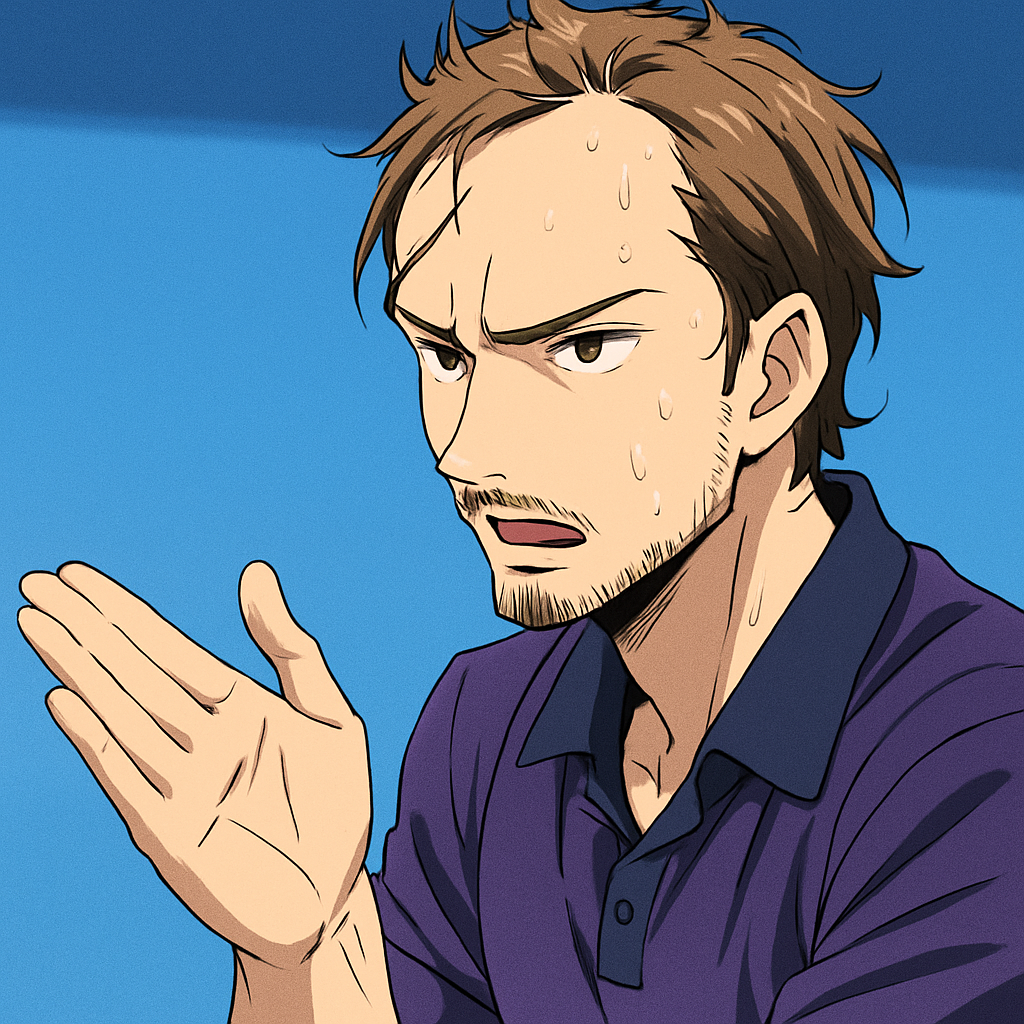LONDON — The ATP has officially decided against any further disciplinary action against Daniil Medvedev following a controversial 'best effort' code violation he received during his grueling five-set victory over Alejandro Davidovich Fokina at the 2024 Wimbledon Championships. The decision brings closure to an incident that sparked widespread debate about the application of the rules when a player is visibly suffering from physical distress.
The Incident: A Cramping Medvedev Draws Umpire's Ire
The drama unfolded during the third-round match on Court 1, a nearly four-hour battle of attrition. After dropping the third set, Medvedev began to show clear signs of physical struggle, notably cramping in his leg. During a changeover, the former World No. 1 was heard telling his team, "It's cramping. Every time I get up, it's cramping." His movement became visibly restricted, leading to a pivotal moment in the fourth set.
With Davidovich Fokina serving at 2-1, Medvedev attempted to return a drop shot but could only watch the ball pass him by, making no visible effort to chase it down. Chair umpire Renaud Lichtenstein immediately issued a code violation for a "lack of best effort," a ruling that left Medvedev and spectators baffled. The Russian star engaged in a prolonged and heated argument with the official, pleading his physical case.
"What do you want me to do?" Medvedev protested. He further explained, "I have a cramp. If I run, I'm going to get injured. I can't run. It's a cramp. I can't run. I have no legs." Despite his explanations, the violation stood, though no point penalty was assessed beyond the initial warning.
The Rulebook vs. Human Element
The 'best effort' rule, formally known as the "Best Efforts" section of the Grand Slam rulebook, states that players must perform at their best competitive level throughout the match. Failure to do so can be penalized. However, the rule exists primarily to prevent 'tanking'—deliberately losing games or sets—rather than punishing players for genuine physical incapacity. This incident highlighted the difficult gray area umpires must navigate.
Tennis pundits and former players were divided on the call. Many argued that while the rule is clear, its application lacked common sense. Annabel Croft, a former British No. 1, commented on the broadcast, "It seems incredibly harsh. You can see he's in genuine distress. He's not tanking; he's cramping."
The key considerations in such situations often boil down to a few critical questions that officials must ask themselves in the moment:
- Is the player's physical condition verifiably compromised?
- Is there a pattern of behavior suggesting a lack of effort beyond this single point?
ATP's Review and Final Verdict
Following the match, which Medvedev ultimately won 6-2, 6-1, 6-7(5), 6-4, 6-4, the ATP's officiating team reviewed the incident. According to sources close to the decision, the review process involved examining the official's report, video footage, and the specific context of the match. The conclusion was that no further action—such as a fine—was warranted.
An ATP spokesperson later confirmed the decision, stating, "While chair umpires are empowered to make calls based on their judgment on court, a comprehensive review of the circumstances surrounding the code violation issued to Daniil Medvedev has concluded that the matter is considered closed with the initial warning."
This outcome suggests that while the ATP supports its officials' authority, it also recognized the extraordinary physical circumstances Medvedev was facing. The decision effectively acknowledges the distinction between a player refusing to try and a player who is physically unable to try without risking serious injury.
Precedent and Past Controversies
This is not the first time the 'best effort' rule has caused controversy. In a notable 2020 incident at the ATP Cup, Nick Kyrgios was given a warning for a similar lack of effort, which he attributed to feeling unwell. More famously, Bernard Tomic was fined his entire first-round prize money at Wimbledon in 2019 for what tournament officials deemed a failure to meet the professional standard.
The Medvedev case differs significantly from Tomic's, where the Australian admitted to being "bored" during the match. Medvedev's visible cramping and his subsequent fight to win the match demonstrated a clear desire to compete, a factor that undoubtedly influenced the ATP's lenient final ruling.
Medvedev's Reaction and Moving Forward
After the match, a relieved but still frustrated Medvedev addressed the media. He expressed his bewilderment at the call, stating, "I don't know what I should do. Should I run, tear my leg, and then sue? I don't know."
He elaborated on the impossible position the violation put him in, caught between the rulebook and his body's limitations. "If I get a code [violation] for a cramp... I think 99% of players would get a code for cramping. Because when you cramp, you cannot move." His comments resonated with many fellow professionals who have experienced similar physical shutdowns on court.
The ATP's decision to not impose a fine is likely to be seen as a victory for common sense by players. It reinforces that the 'best effort' rule should not be applied mechanistically but with an understanding of the physical realities of a professional tennis match, especially in the latter stages of a Grand Slam.
For officials, the incident serves as a crucial case study. It underscores the need for discretion when a player's health is at stake, potentially leading to more nuanced guidance from the ATP and other governing bodies on how to differentiate between a tactical tank and a physical failure.
In the end, Medvedev's punishment began and ended with the warning from Renaud Lichtenstein. He managed to overcome both his opponent and his cramping to secure a place in the fourth round, a testament to his resilience. The ATP's final ruling ensures that the only lasting impact of the row will be on the ongoing conversation about the intersection of rules, player safety, and the spirit of the game.

